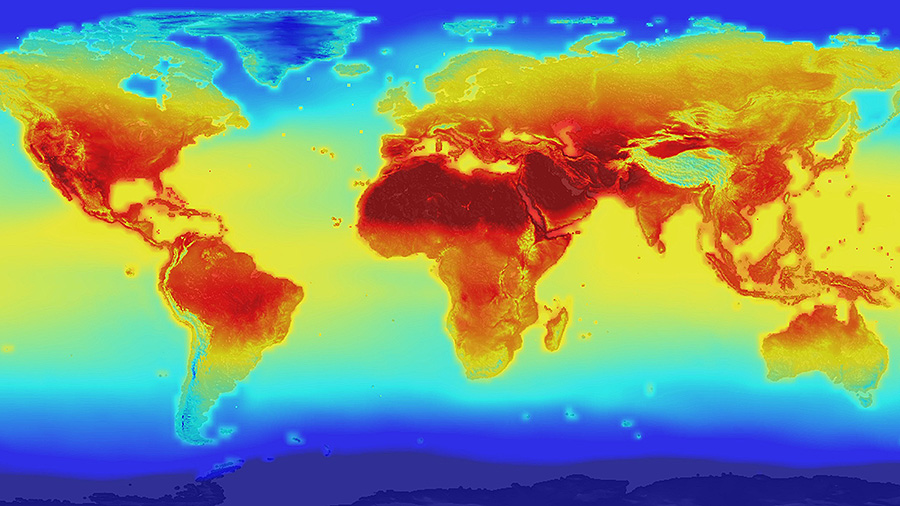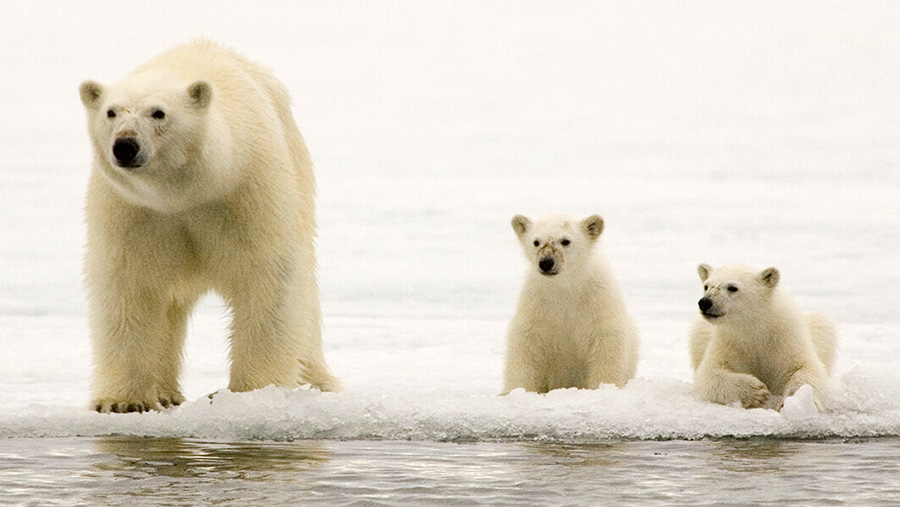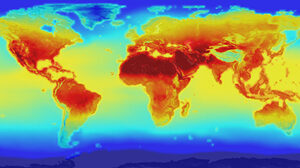Educators as Part of the Solution for Eco-Anxiety
It was troubling to recently read a 2020 Royal College of Psychiatrists survey of child psychiatrists in England that reported more than half (57%) are seeing children and young people distressed about the climate crisis and the state of the environment.
On its face, this is tragic.
The idea of a young person living their life with a cloud of despair hanging over their head, and not being able to enjoy their time being young means these young people are being robbed of their youth.
Young people deserve better than this. They deserve to be spending their youth on the joy of being young. They shouldn’t be spending their youth on what is being described as eco-anxiety.
Eco-anxiety refers to the chronic fear of environmental doom. It was first defined in 2017 by the American Psychiatric Association.
Yes, climate change is real
Yes, climate change is a real issue for young people. It is not only real for the children in England, but it is also a real issue for young people around the world. Climate change is an issue that will impact every young person’s world and every young person’s life far into the future.
But what can young people do to deal with the issue of climate change? And how are they supposed to deal with their eco-anxiety? How can young people put the issue of climate change in perspective so they can spend less time worry about the impacts of climate change and spend more time enjoying their youth?
According to the authors of the report “The best chance of increasing optimism and hope in the eco-anxious young and old is to ensure they have access to the best and most reliable information on climate mitigation and adaptation.” The authors also added “Especially important is information on how they could connect more strongly with nature, contribute to greener choices at an individual level, and join forces with like-minded communities and groups.”

The Best and Most Reliable Information
What’s important to note is the author’s focus on “the best and most reliable” information to increase a young person’s optimism.
But where will young people get this “best and most reliable” information about climate change? Will they get if from social media platforms like Facebook, Instagram, or Twitter? Will they get it from traditional media outlets like cable news? Or will they get it from their friends or family who may have found their information about climate change on social media or cable news?
Considering the state of “factual information” found both online and in traditional media, these sources of information, with a few exceptions, would not be the best choice.
Educators as Fact Givers
So where should a young person look to get the “best and most reliable” information they need? They should look to educators.
Many educators are versed in the issue of climate change. Chemistry teachers. Biology teachers. And those other teachers who teach any related environmental and biodiversity course would be an important source of reliable information. Additionally, almost any teacher could be a useful source of information since it is the job of educators to believe in science and facts. And science and facts are at the core of what young people need to deal with climate change.
Turning Eco-Anxiety into Eco-Action
Along with trying to obtain the best and most reliable information about climate change, the authors suggest young people “could connect more strongly with nature, contribute to greener choices at an individual level” to help deal with eco-anxiety. In other words, young people might be able to transform some of their eco-anxiety into eco-action.
So how could young people connect more strongly with nature and contribute to greener choices.
Well, a young person could plant a tree every now and then. A mature tree absorbs carbon dioxide at a rate of 48 pounds per year and can be planted for as little as $1 per tree. They could also eat a little less meat each week. Eating less meat would help reduce the world’s methane levels. Producing a pound of beef is estimated to generate the equivalent of 14.8 pounds of CO2 (so plant a tree for $1 or eat a burger for $1?). And driving a car a little less (and riding a bike a little more) could help with reducing carbon monoxide levels. According to the U.S. Environmental Protection Agency each car mile driven produces around one pound of CO2 emissions.

So there are many “greener” choices a young person can make to lessen their personal contribution to climate change. And that in turn, according to the survey authors, might help lessen their sense of eco-anxiety. Eco-action as a way to combat eco-anxiety is not a bad place for young people to start.
One (Young) Person Cannot Solve the Climate Crisis
It’s important for young people to remember (or be reminded) that every action they take to combat climate change does make a difference. And in accordance with the authors suggestion to “join like-minded communities or groups” young people should also remember that when they take an action against climate change, they are, by that action, joining other like-minded individuals who care about the issue the way they do. One person cannot solve the climate crisis. Only a group effort can.
So hopefully, when a young person starts to feel anxious or concerned about the impacts of climate change, they will look to educators for the “best and most reliable” information about the issue. And when educators are providing young people with the best information about climate change, they can remind them they are not in this fight alone.
Let the Young be Young
Climate change is an overwhelming issue that will impact the future of all young people. But perhaps with the “best and most reliable” information in hand, and with some ideas for taking ec0-action, it might just be possible for a young person to spend less time “worrying” about climate change and spend more time “enjoying” their youth.
And that is exactly what young people deserve to be doing while they are young.
Craig Kasnoff
Endangered Species Journalist
MEd Learning Design and Technologies
